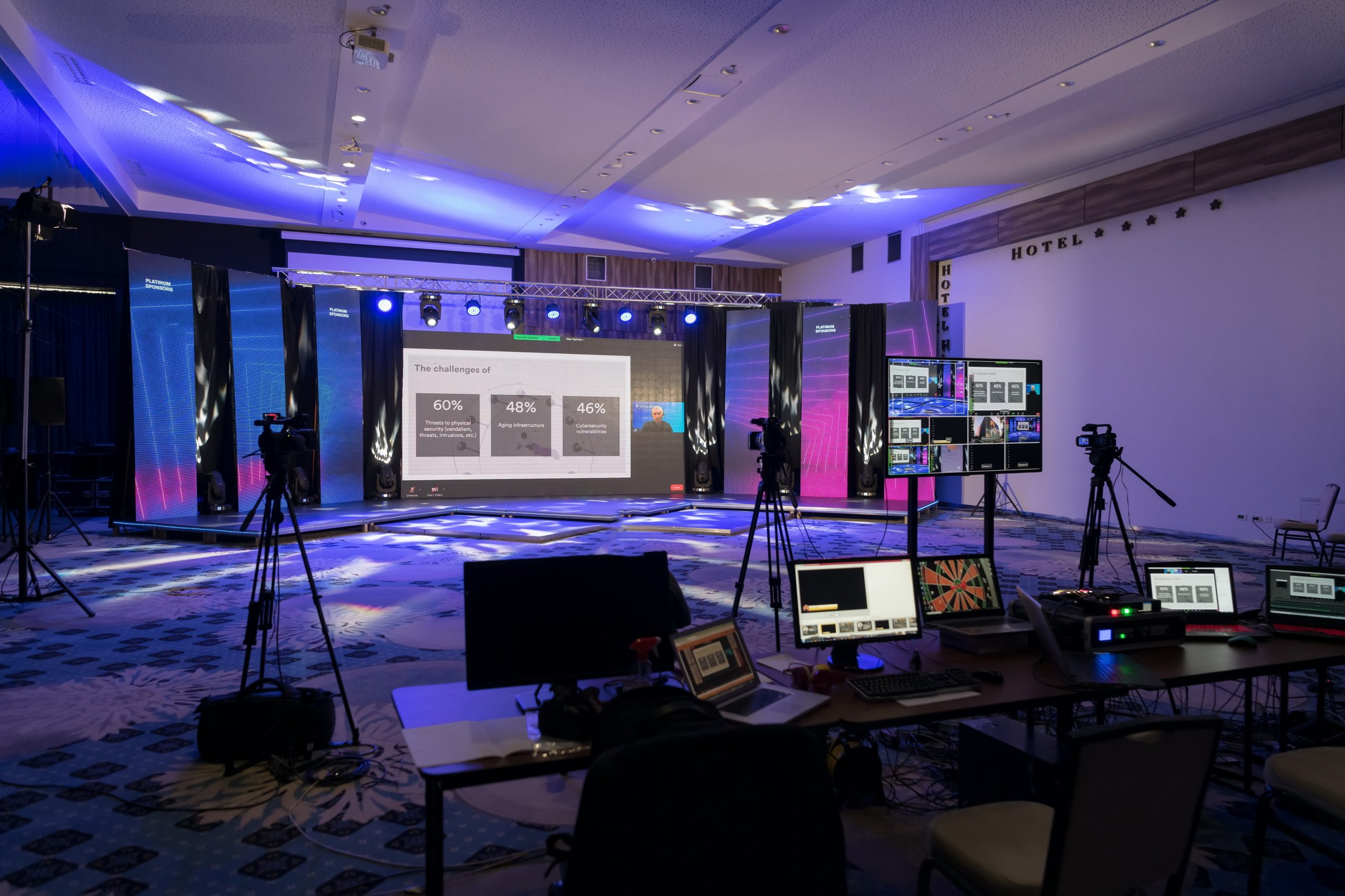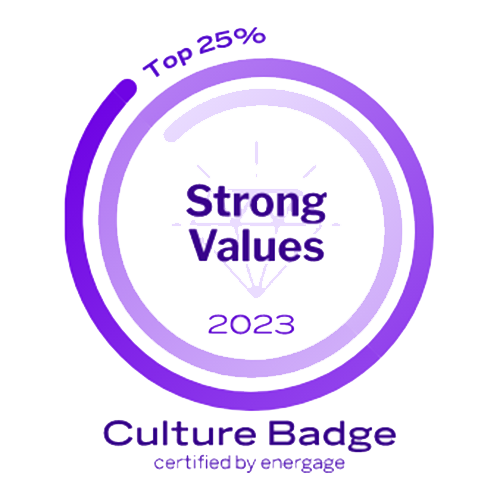Over the past couple of years, we’ve adopted new ways of working, shopping, socializing and living. And while the phrase has become annoyingly cliché, the “new normal” will redefine most aspects of our life, including corporate events. These recently adopted trends are likely to endure well into the future.
Scenario Planning
If the pandemic taught us anything, it’s to be prepared for the unexpected. Scenario planning is a strategic planning method designed to make flexible long-term plans. This isn’t about predicting the future; it’s about envisioning different potential worlds. For example, scenario planning wouldn’t account for changing attendance numbers or weather contingencies. Instead, scenario planning asks, “What if the world looks very different in seven months than the world we know today?” Devising scenarios can help you find opportunity amid uncertainty, and mobility instead of rigidity. Learn more about scenario planning.
Contingency Everything
Beyond broad-based scenario planning, contingency planning has become life’s new normal. Event planners are no strangers to contingency planning, but the pandemic, staffing shortages and supply chain disruptions can catch even the most experienced event professionals by surprise. At the most basic level, events of the future should include a plan for in-person, hybrid and 100% virtual options. We also will see longer planning runways and more detailed contingency checklists. Read more about creating a contingency plan in this related blog from Eventbrite.
Contract Flexibility
By now, both event planners and their vendor partners should understand the importance of contract flexibility. When it’s time to discuss contract details, come prepared with questions, checklists, and even a contingency wish list. It’s also time to brush up on your negotiation skills. Prioritize your needs and know where you can (and cannot) haggle. Also consider the fine print. Carefully review and understand detailed contract verbiage and ask for additional language as needed to clarify detailed scenario and contingency factors. Read more in our blog, The Art of Negotiation: Tips for Contracting Hotels and Venues in 2022.
Safety
Despite the decline of the pandemic, event safety will likely never go out of style. As we welcome back in-person events, you’ll want to implement best practices that allow your attendees to feel safe, comfortable, and inclusive. Our Guide to In-Person Event Safety offers a collection of ideas and checklists that empower planners to think through their approach to in-person event safety.
Contactless Touchpoints
Even prior to the pandemic, technology enabled organizers to provide enhanced, contactless attendee experiences with increased safety and convenience. Contactless events will be the norm going forward. Here are tips for increasing separation while maintaining connection:
- Ramp up your use of event apps for end-to-end event management.
- Introduce digital check-ins in place of physical check-ins.
- Use QR codes for content links, food/drink menus, enhanced room signage, etc.
- NFC tags can also be embedded onto either wristband or even outside entry points so attendees can simply tap the surface and get admission to the event.
- Make use of beacons at regular intervals to deliver content, direct traffic or answer questions.
- Virtual and AI-driven chatbots and assistants can help attendees find specific locations, event information, mealtimes, and more. These services also integrate with apps, offering push notifications when meetings, appointments, or tables are ready.
Sustainably Inclusive
Now more than ever, we are aware of the impact that meetings & events can leave on the environment. A truly sustainable event will be one that considers the environmental, social, and economic effects, and aims to reduce it. In addition to sustainability, DE&I considerations will soon become table stakes. Events professionals need to make sure all the voices are heard, and everyone feels welcome regardless of their identity and status. Also think about ways to incorporate DE&I into every step of your planning, from the decision-making processes to speaker choices and content accessibility.
Virtual as a Utility Play
In LinkedIn’s recent State of Virtual Events report, 75% of event marketers say they plan to continue running virtual events over the long term. While there are many benefits to in-person meetings that cannot be replicated virtually, we will continue to see gateway-type events such as industry summits, regional meetings and company all-hands hosted as virtual-only events to minimize costs and maximize content distribution, reach and syndication.
Hybrid & Other Event Formats
One positive outcome of increased event restrictions is the emergence of new and creative event models and formats. Practically speaking, hybrid will continue to be dominant trend, but tomorrow’s events will exist on a spectrum. For example, one company might opt to start the year out with a broadcast general session where attendees join live chat rooms to collaborate globally, then connect in-person regionally to build local relationships. And when in-person events do reach pre-pandemic levels, we may even find that we are better event professionals as a result. Be imaginative and be willing to think outside the Zoom. For more information on best practices for hybrid events, go to our hybrid event blog series.
Embracing the new norms of work, life and event planning trends will help us to deliver engaging and innovative events in any scenario. Partnering with a third party planning company can help in producing events of great complexity with ease. Our travel, logistics, attendee management, creative, gifting and production teams help businesses of all sizes, budgets, and industries.
Event safety on your mind? Download our free eBook: Your Guide to In-Person Event Safety.











